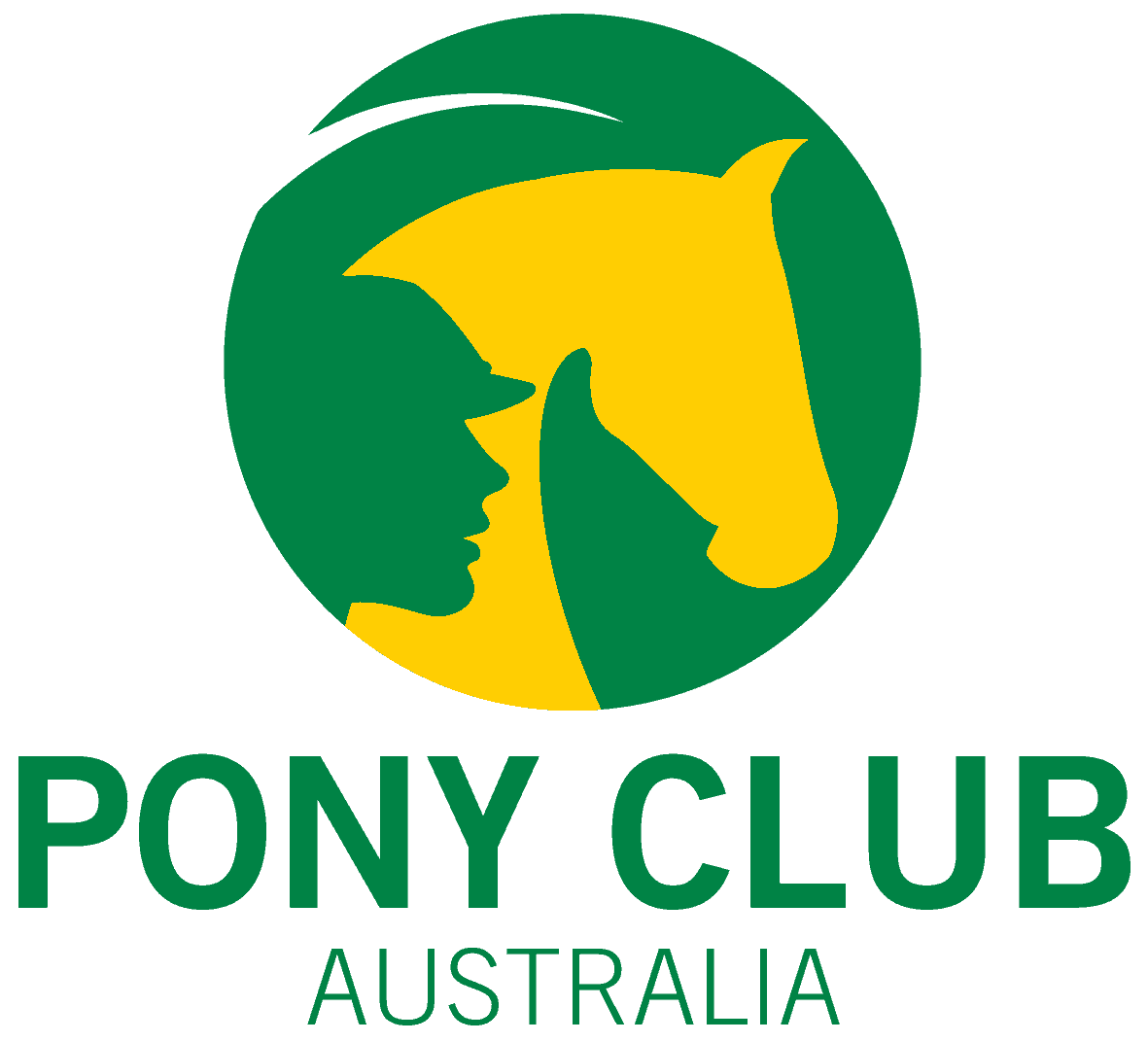By Fiona Dearing, Bit Right Equine
We’re in the middle of the Olympics and of course, this generates much commentary around equine welfare issues and the ‘Holy Trinity’ of Whips, Spurs and Bits. Some of this commentary is from well-informed sources, some of it from those who’ve seen their first dressage test or show jumping round in four years and take to social media in a flurry of ‘you shouldn’t need any of those things to create harmony’ and everything in-between.
Each piece of tack, as well as our bodies can be used correctly to aid communication. Each piece of tack, as well as our bodies can be used incorrectly to cause discomfort, distress and confusion. The Pony Club syllabus and Certificate System has changed over the years to embrace learnings we’ve all had to so we can do better by our wonderful horses and ponies and ensure our next generation of members are learning to be the best they possibly can.
Bits, or bitless bridles are arguably our primary communication method with our horses. As a bit fitter I’m often asked to give riders ‘more control’ or help to get the horse ‘on the bit’. Here’s the thing…whilst it’s your primary communication method it does not replace training, riding level, body condition, you get the idea.
Often horses give feedback we can interpret as them either being strong, not evenly into the connection, pulling down, throwing head, opening mouth etc because they’re simply not comfortable in their current bit. My job is to find a bit that fits, is comfortable for the horse (according to their needs, not yours) and is appropriate for the discipline, level of education and combination of horse and rider. This often means we actually take a step back to a bit with less mouth pressures, or, a bit that sits more still to allow for learning hands.
When we bit a horse ‘up’ to give a rider more ‘control’, we’re often bitting above the level of education of the horse and/or horse and rider combination. This is a little like giving a student a year 10 textbook when they’re in year 7. They can read the book but don’t have the understanding of the previous year levels. They can probably get by for a while but when it comes down to the pointy end things may fall apart, spectacularly. The missing link is education and training. Clear, consistent and fair for both horse and rider.
The easiest example of this is when we introduce the option of using a double bridle in the dressage levels. These are introduced at a level where the questions we’re asking our horses are more specific and our communication tool can need to be more finely tuned. It’s the same with jumping, it’s not always just the height, our lines and distances become more challenging as we move up the levels. In both of these examples we don’t move up those levels until the combination of horse and rider can confidently and competently meet the requirements of the previous level.
I always ask my clients to think of their connection to the bit as a conversation. You need to be able to have a clear and kind conversation where you can both ‘hear’ each other. Next time you ride, check that you’re both in the same room.
